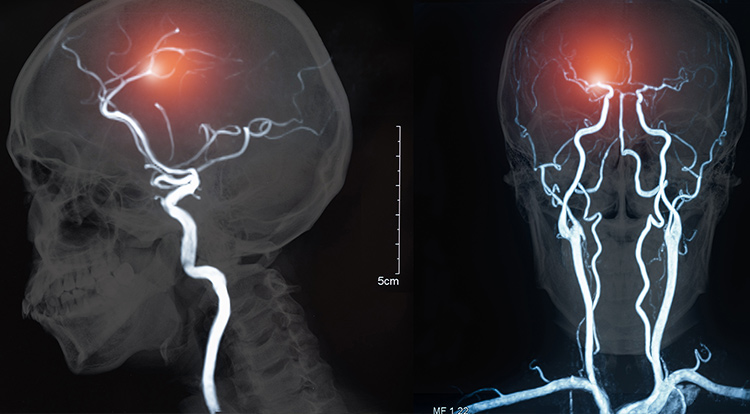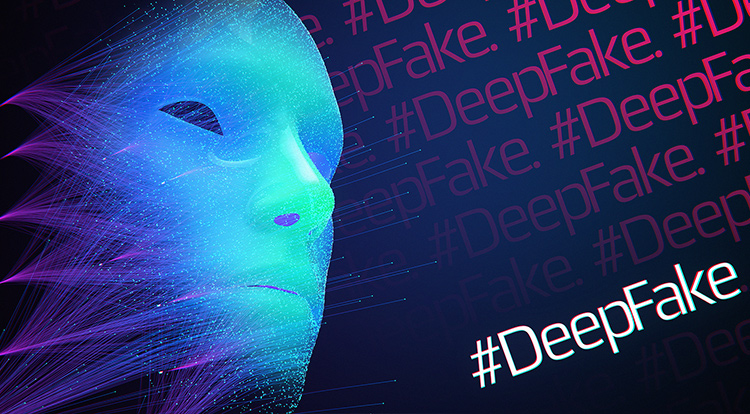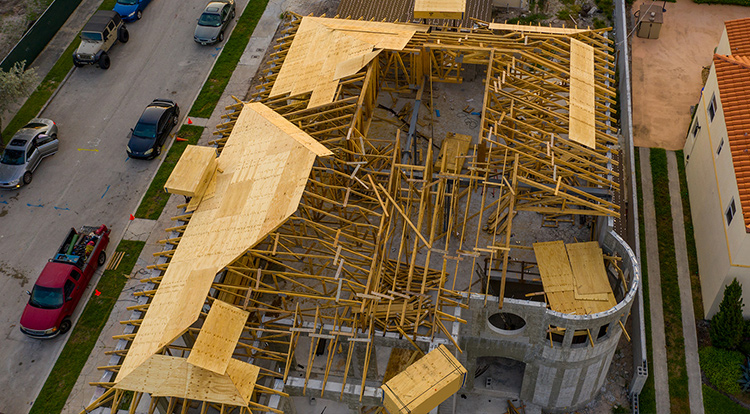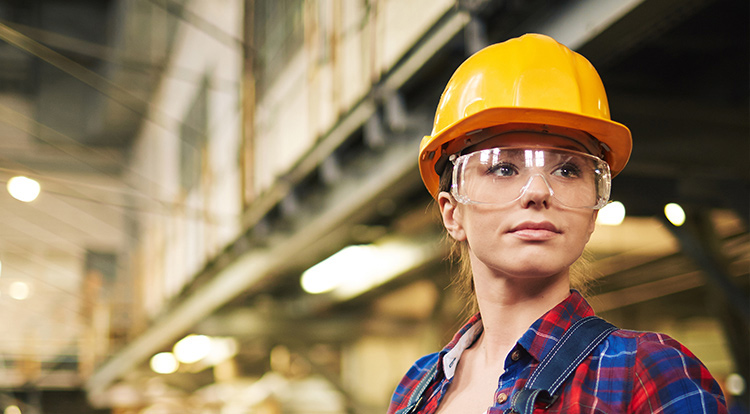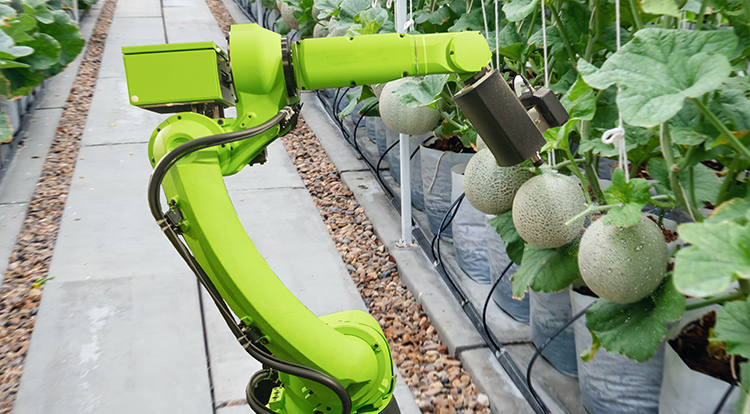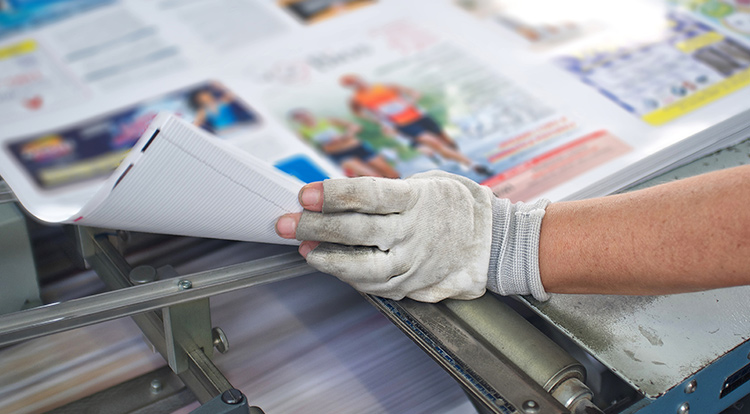Computer Vision Algorithms for Medical Use
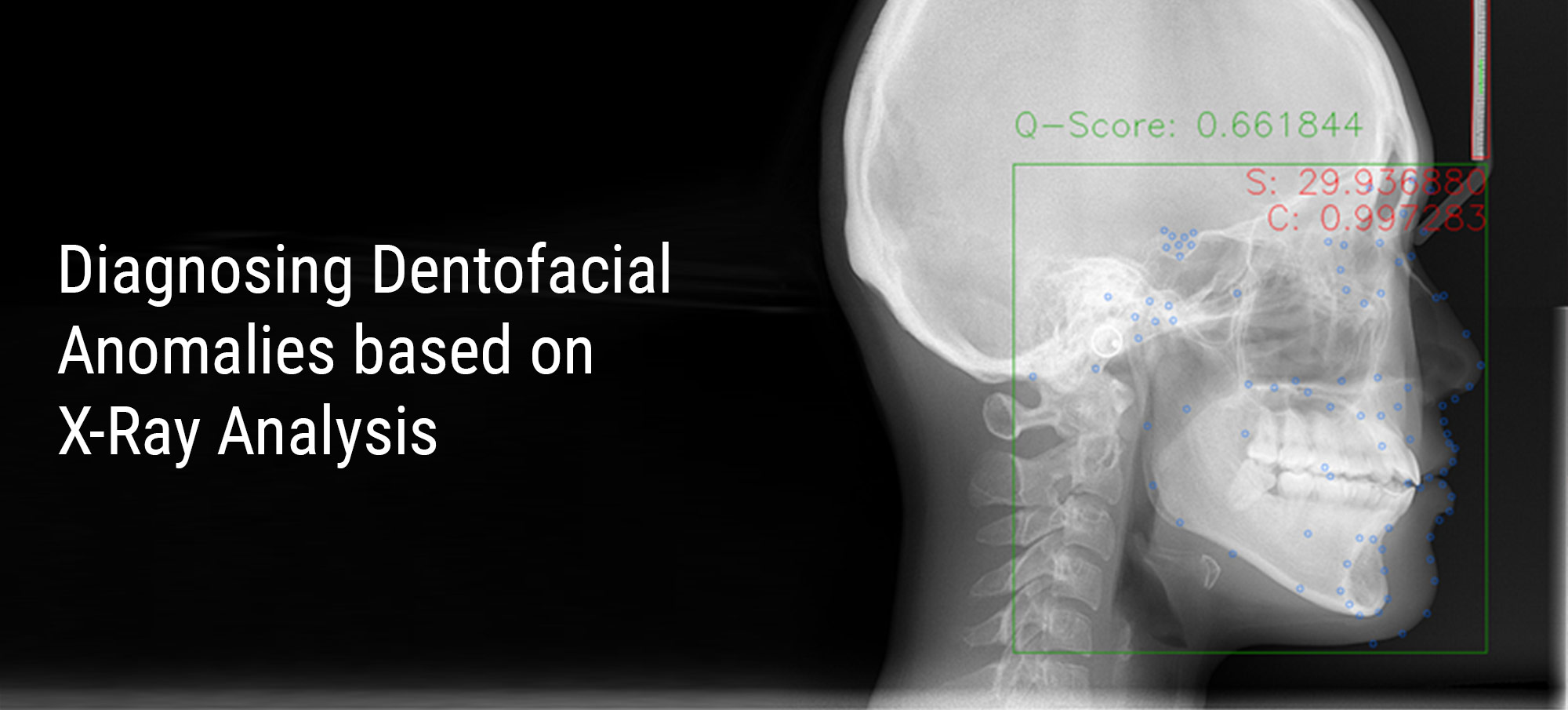
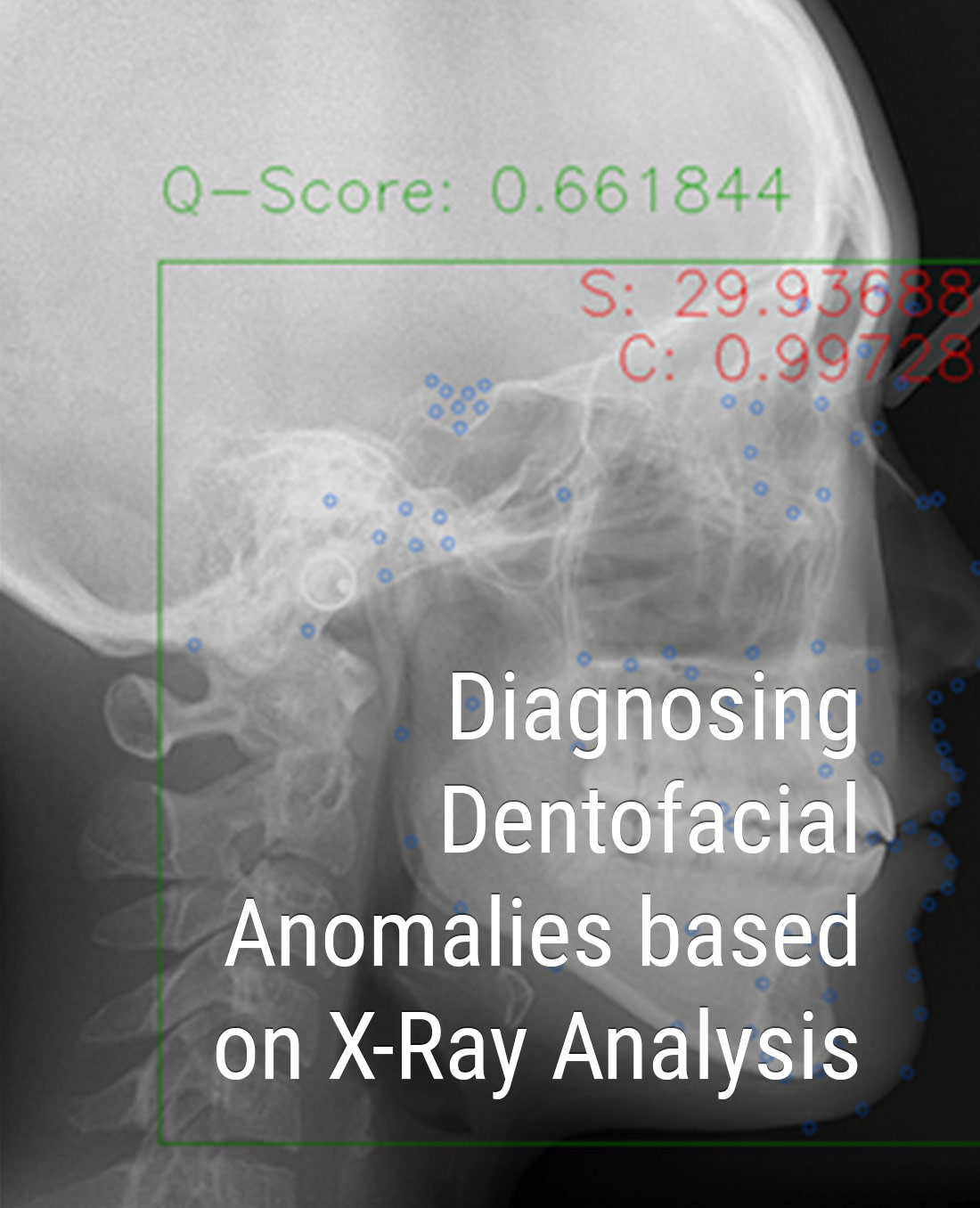
Computer vision is applied in cases of not only detection but quick and accurate object measurement. A notable example is medical image processing.
When the image is taken, it needs to be handled by a human operator before it reaches a healthcare specialist. Normally, all measurements and tagging are done manually. Computer vision allows companies to automate and significantly speed up the process while ensuring a nearly perfect accuracy.
Versatility of Computer Vision Applications
Computer vision replicates the human visual system and collects information from the image database to define specific attributes. The technology is very versatile and allows for the flexibility of adaptation. Industries that could benefit from image control automation include manufacturing, agriculture, healthcare, retail, automobile production, financial services, etc.
Some use cases take place behind the scenes, and others are more prominent. Potential practical applications for such technology may be: assembly line control, medical scanning, baggage screening, self-checkout, driver-assistance systems, etc.
To narrow the topic down, let’s take a look at radiology. X-ray testing is used to verify the internal structure and integrity of the object. Once the image is obtained, someone or something needs to compare data points according to a given set of specifications. By the end of this process, there should be a conclusion about whether the object deviates from these parameters.
Computer vision can be applied in the context of medical X-ray imaging (for treatment and research, MRI reconstruction, planning, and conducting surgeries). Currently, diagnosing and treating of dentofacial anomalies is done based on manual analysis of X-ray images. That said, the accuracy and reliability of computer vision can intensify this process. For instance, it can prepare the images and mark essential data points for further analysis.

